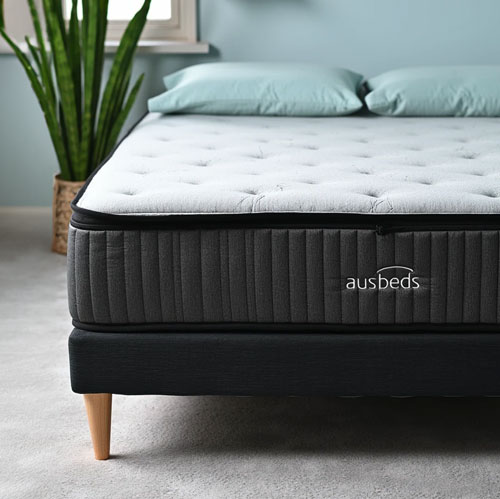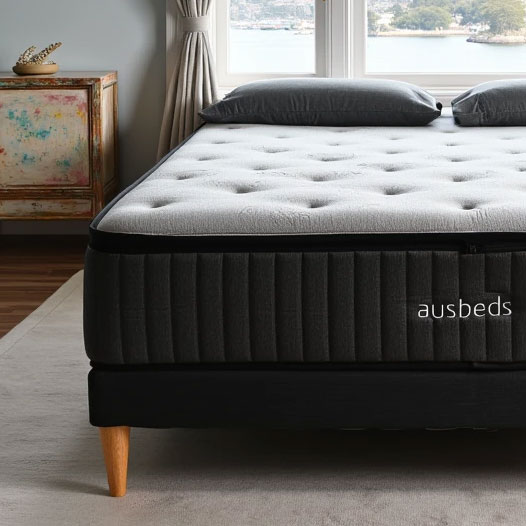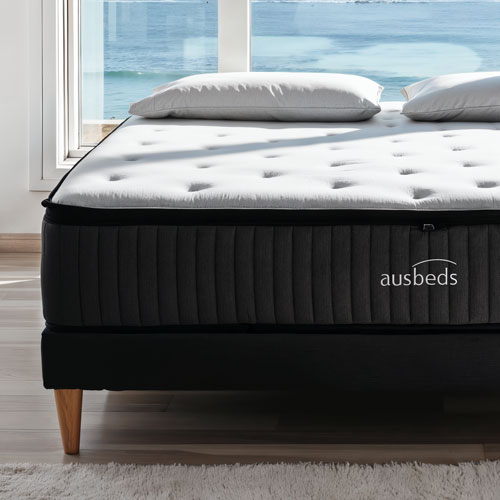People ask questions on forums, and I answer them off the top of my head.
Feel free to comment, as I’m always invite discussion and I’ll always reply 🙂 Karl, owner at ausbeds
Understanding and Enhancing Mattress Edge Support
Methods for Enhancing Mattress Edge Support Over the years, I’ve tried several methods to improve the edge support of mattresses. Here are some of the techniques I experimented with and their respective pros and cons: Method Details Pros Cons Foam Edge Supports Adding dense foam to the mattress edges. Provides solid support for sitting. Can […]
Pressure Distribution: The Secret Ingredient for Mattress Comfort
My apologies for that oversight. I have now included a UIkit table to summarize the key factors for achieving proper pressure distribution and mattress comfort in the HTML blog post: Pressure Distribution: The Secret Ingredient for Mattress Comfort When it comes to mattress comfort, one aspect often gets overlooked: pressure distribution. Yet, it plays a […]
The 3 Most Important Things You Need to Know about Mattresses
The 3 Most Important Things You Need to Know About Mattresses Hi, I’m Karl, owner of Ausbeds. Below are just my opinions. Don’t blindly believe me though; I’m also selling mattresses, so take my advice with a grain of salt. If you are interested in crawling deeper into the rabbit hole, I’d suggest the following […]
The problem with most bed frames
The Problem with Most Bed Frames Putting your mattress on a bad foundation will wreck it and your back. It can make the mattress “hammock” into the bed slats, which is why so many companies have rules for slat gaps, supporting beams, and the number of legs. The Solution: Ensemble Bed Bases If you want […]
Here’s why ausbeds mattress are heavier than many other mattresses
The link between mattress weight and durability Increased Pocket Spring Density Our mattresses use 1190 pocket springs, compared to the standard 768 pocketsprings found in most mattresses. The higher spring density provides improved comfort and support, while still allowing for softer springs that don’t sag. The increased number of springs results in a slightly heavier […]
I bought a new bed-in-a-box and it’s too firm, why?
I hear this alot in the showroom, So I just thought I’d put my thoughts down regarding this. The people I spoke to today were in their 60’s. And they told me that they bought a Sleeping duck mattress. They told me they found it way too firm. And they told me that after reading […]


